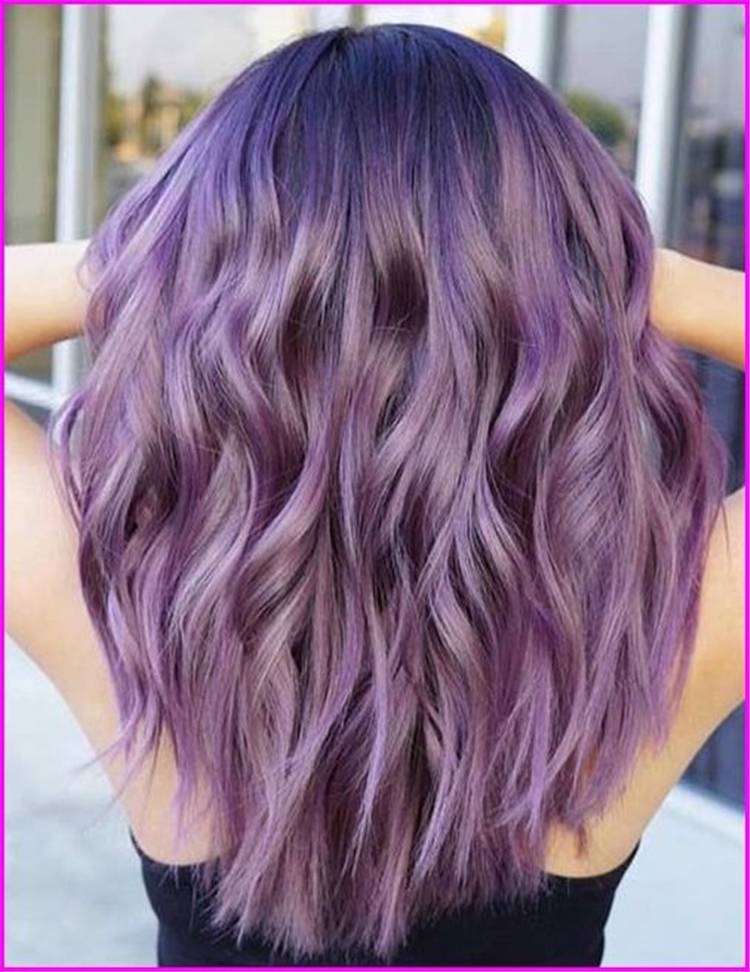

To ensure that you’re in control during the mixing process, here are some mixing ratio guidelines to keep in mind: Use the Proper Ratio of Red and Purple Dyes Light red will result in a soft, light purple.Medium red creates a less intense purple.Dark red will create a more intense purple (or shade of violet).However, the shade of red you choose will drastically impact the purple you end up with: When you mix red and purple hair dyes, purple will be the dominant color. Natural colors are neutral, so they can be mixed with warm or cool shades. If you do, you’ll end up canceling them both out. Stick With either Warm or Cool ColorsĪvoid mixing warm and cool colored dyes. If you can’t find the shade you’re looking for and want to mix red and purple hair dye to find your ideal shade, follow these best practices to set yourself up for success.

If you’re searching for a specific shade of purple, check to see if there’s already an existing dye in the color you want. You’ll still end up with a variation of purple: think magenta, light purple, intense purple, etc. So, mixing purple and red hair dye or adding more red dye to purple dye (which already contains red pigments) will only alter the intensity and tone of the purple dye. The color purple is made by mixing red and blue. What Happens When You Mix Purple and Red Hair Dye? 3 What Type of Dye Is Best for Mixing Purple and Red?.1.4 Take Stock of Your Hair Before You Dye.1.3 Use the Proper Ratio of Red and Purple Dyes.1.1 Stick With either Warm or Cool Colors.



 0 kommentar(er)
0 kommentar(er)
